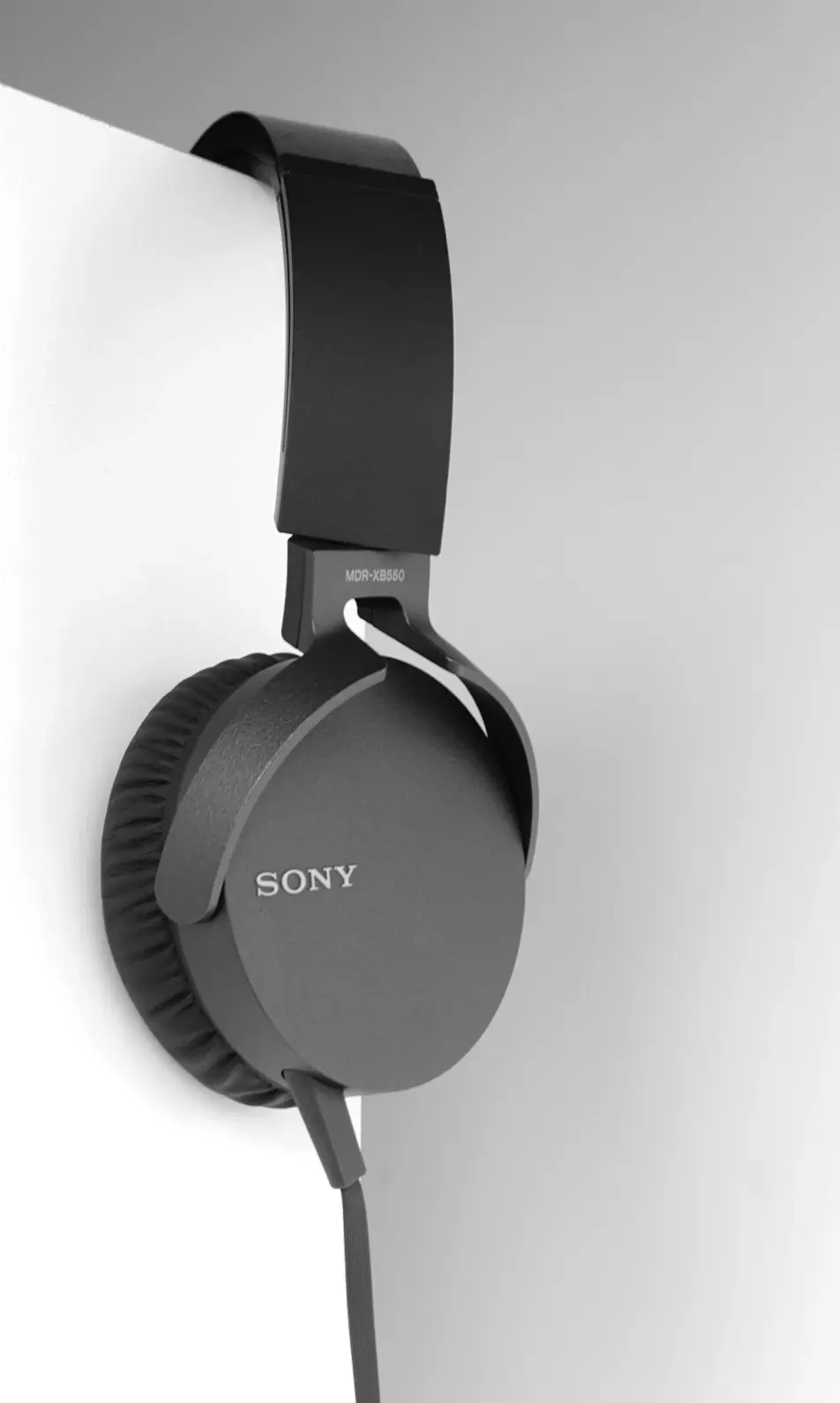Role
Company: Microsoft
Role: Product Designer – Collaborative Experience Design (CxD) Studio
Timeline: 2021 – 2025
Problem
Over the past four years, I’ve helped transform SharePoint’s authoring experience into a cohesive, accessible, and AI-ready platform.
My work focused on simplifying creation, strengthening collaboration, and bringing intelligence into everyday workflows. From unifying micro-interactions to reimagining onboarding and scaling design systems, each initiative contributed to one clear vision—make SharePoint faster, clearer, and more human for every author.
Goal
My goal was to reimagine how people create and communicate inside SharePoint by building systems that remove friction and inspire confidence.
I wanted every author—whether publishing a company-wide announcement or designing a site from scratch—to feel guided, capable, and supported by design. This meant transforming SharePoint from a complex tool into a connected ecosystem where accessibility, AI, and collaboration work together seamlessly. Every effort focused on making the platform intuitive, consistent, and empowering at scale.
Result
I approached SharePoint’s transformation through systems thinking and collaboration, focusing on clarity, accessibility, and scalability.
My process combined research, prototyping, accessibility audits, and cross-team alignment. I collaborated closely with engineering, product, and content design teams across the United States, Vancouver, China, India, and Dublin, connecting design intent with implementation to build frameworks that could scale globally across products like Teams, Outlook, and Viva Amplify. Working across time zones and disciplines taught me how to drive alignment through clarity—turning complex system work into shared understanding and momentum.
Over four years, I led a series of initiatives that collectively redefined how people create and publish inside SharePoint.
-
Fix Hack Learn: Keyboard Shortcut Coherence
I unified SharePoint’s keyboard shortcuts into a consistent, accessible system—improving navigation satisfaction by 18% and reducing support tickets by 25%. -
Design System Documentation Hub
I created SharePoint’s first centralized design system hub, consolidating guidelines and Figma integration. This reduced onboarding time by 35% and sped up engineering hand-offs by 28%. -
Transpile for Email Rendering
I redesigned how SharePoint pages render in Outlook and Viva Amplify, achieving 99% layout fidelity and cutting formatting issues by nearly 50%. -
FRE Exploration & AI Publish Prompt
I designed a guided, adaptive onboarding and publishing experience that connects learning to action—simplifying the author journey and improving metadata completion by 44%. -
Project Henry: AI Prototyping for SharePoint
I represented SharePoint in Microsoft’s AI prototyping pilot, developing prompt and UI kit libraries that increased prototyping speed by 42% and designer adoption by 30%. -
Amplify from Anywhere (AFromA)
I integrated Viva Amplify campaign functionality directly into SharePoint, reducing campaign setup time by 29% and increasing successful associations by 35%. -
Modern Template Gallery
I expanded the template library from 12 to 50+ templates with improved accessibility, performance, and large-format previews—boosting page creation by 62%.
Through these initiatives, I developed frameworks that redefined SharePoint as an adaptive, intelligent, and accessible authoring ecosystem.
-
The Keyboard Shortcut Library established new standards for micro-interaction governance.
-
The Design System Hub turned SharePoint into a living design-ops platform.
-
The Template Gallery replaced friction with momentum, helping users start faster and smarter.
-
The FRE Exploration introduced learning that evolves with user intent.
By bridging AI capabilities, design systems, and accessibility together, SharePoint became more than a tool—it became a creative partner that teaches, guides, and scales with the people who use it.
These initiatives elevated SharePoint from a collection of tools to a connected ecosystem.
Impact
I approached SharePoint’s transformation through systems thinking and collaboration, focusing on clarity, accessibility, and scalability.
Accessibility compliance rose 21%, author satisfaction grew 34%, and page creation increased 62%. But the true impact was cultural—teams aligned around clarity, and SharePoint became a model for how design, AI, and accessibility can scale together inside Microsoft.





